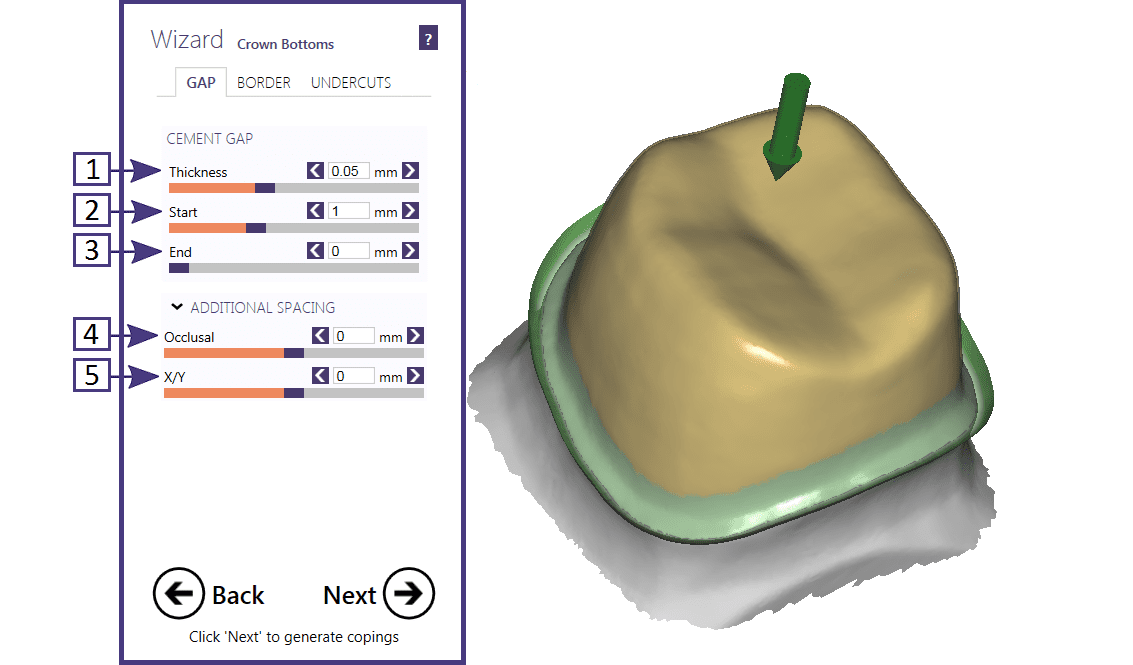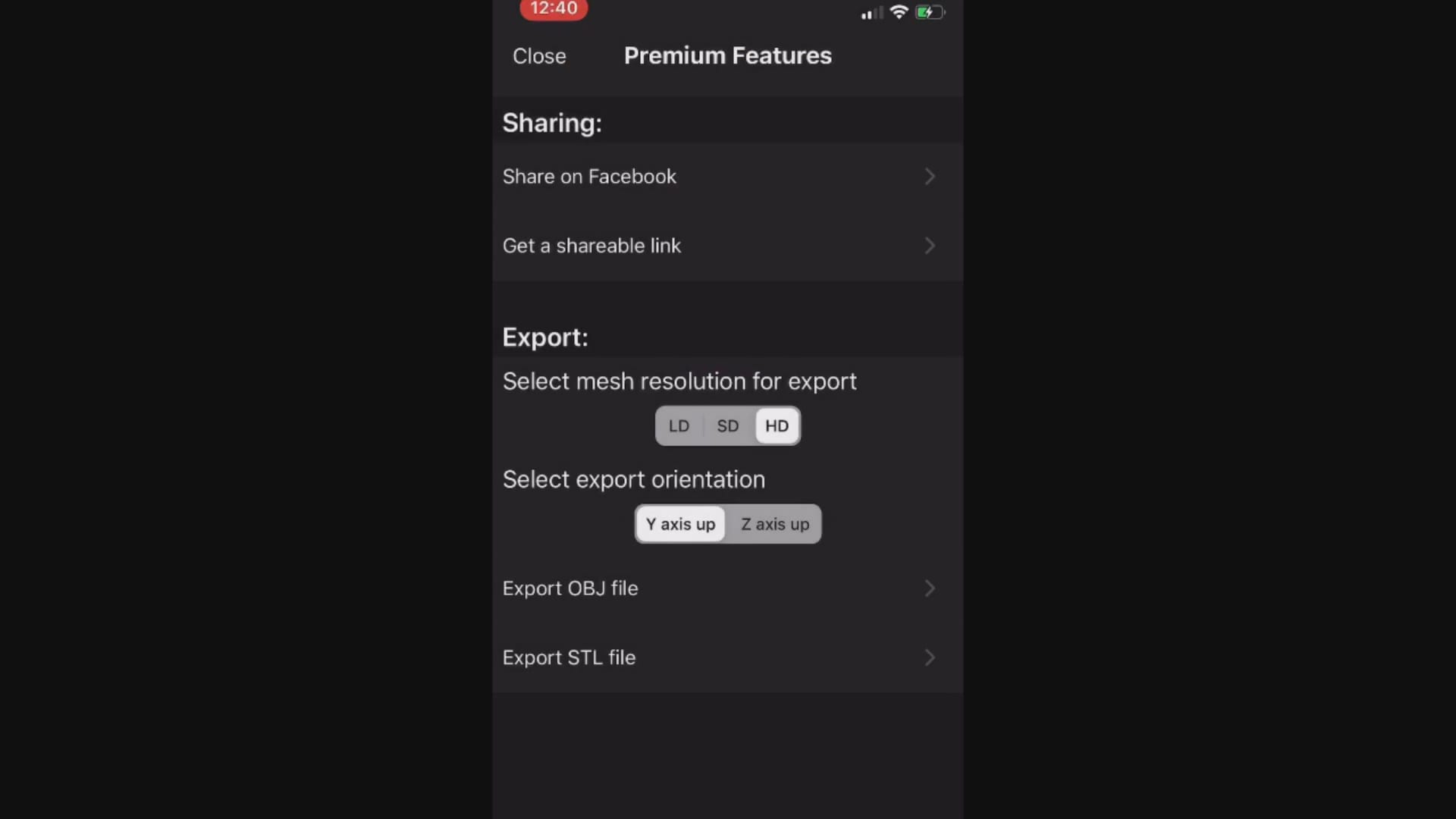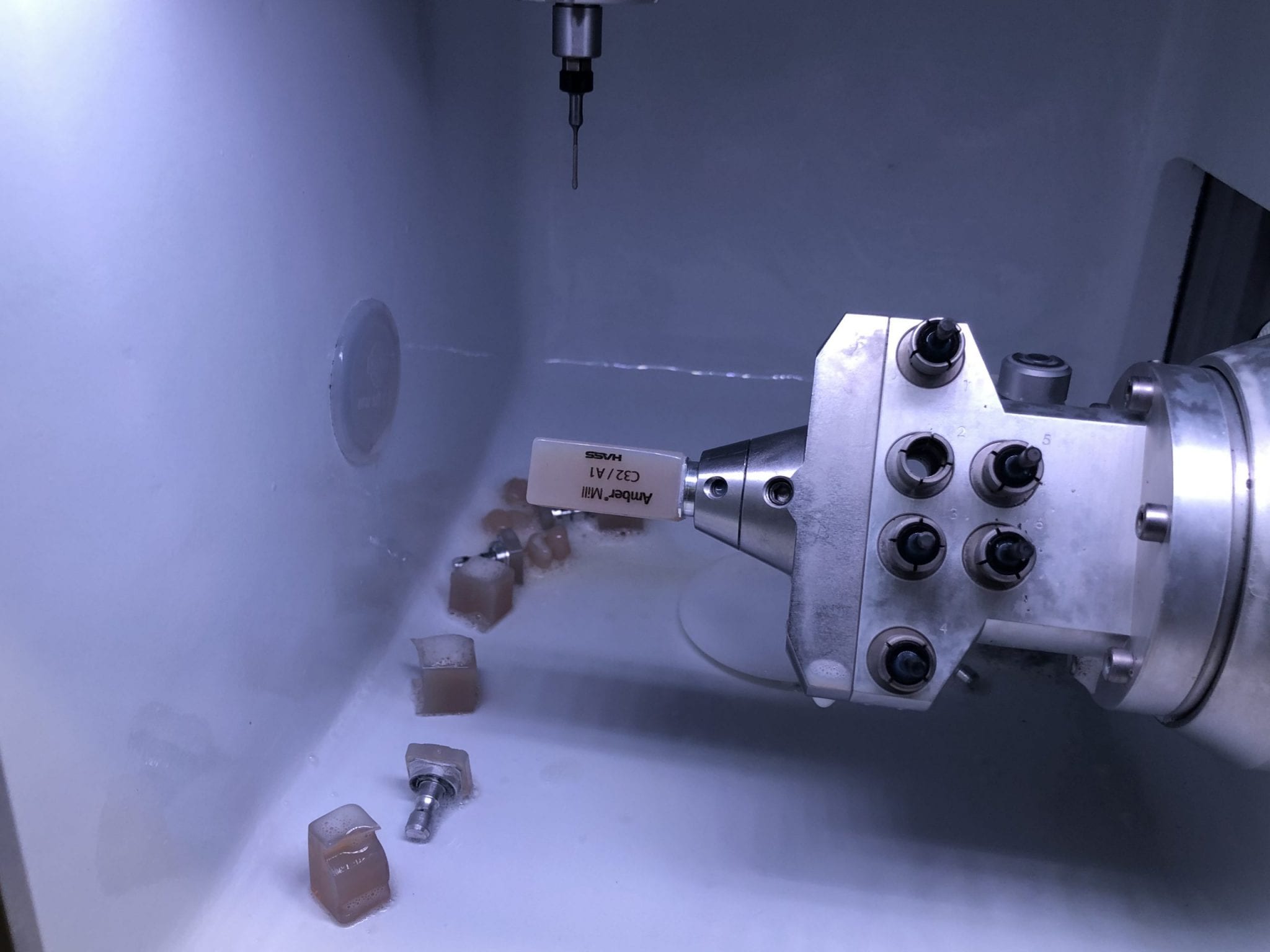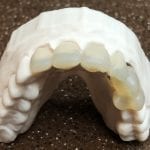
For the last decade the rate of adoption and development in 3D scanning technologies has led to a tremendous amount of change in today’s dental workflows.
Smarter features, easier integration, new findings, and a worldwide understanding of 3D scanning is all leading to a better clinical outcome and an easier process for our patients and clinicians.
But if you’re a dentist or a specialist in 2020 looking for your first camera or even your next camera, pay close attention to this list of the top 12 qualities to evaluate. It could save you a lot of money and a lot of headache.
Here’s the list:
Support
Arguably the most important factor when considering a technology purchase. Do not take this lightly. Support is make or break.
First let’s define support. True support encompasses training, education, and help when you need it. Support is ultimately taking responsibility to help the end user maximize total value from the product to reach the desired end results.
Support should come from the product distributor so be sure to keep that in mind.
Is the team responsive when you need to contact them? Do they follow up? Do they have the knowledge to resolve technical issues? Are they clinically savvy with how you will be using the camera? What is their training platform? Do they offer continued education? Are they motivated to support you?
These are all important questions to consider first.
Software
Today software is the catalyst leading the way. It is the secret ingredient behind each intraoral scanner and is totally dependent on the engineering team behind the brand.
For intraoral scanners, software should be measured by the user interface, lab connection, third party software accessibility, and software upgrade consistency.
The best way to find this out is to check product websites for videos and descriptions. An even better way to check out the software is to contact the teams for short demonstrations to see it in action.
The software design is responsible for ease of use and will greatly influence the learning curve.

Versatility
What can the camera actually scan for? Is it single purpose or can you use it for multiple types of cases?
Some cameras are manufactured for specific indications while others are designed to image just about everything.
Be sure to dig into this. A great way to find out is through private, peer to peer doctor social media groups where you can post this question so all of the intraoral scanner users can respond with their feedback and experience.
Clinical Documentation
Ever purchase a product where they say it will do one thing but in reality it does another? Yeah, us too.
The distributor or manufacturer should reflect great effort in documenting the products they support in a clinical environment. Bonus points if you can find live footage for multiple cases like crowns, implants, partials, and full arch appliances.
It’s 2020, all cameras can image a stone model very well, that’s old news. But not all cameras can image a live patient as fast or as precise as their in vitro studies suggest they do. It’s important to find this out before you spend the capital.
Clinical documentation is the best way to find out if the camera is the real deal.
Cost
Bottom line price is always important.
We teach doctors to judge products on a price to performance ratio. Does the product value out weigh the price?
One of the main purposes of technology is to make money or to save money and it’s no different when you’re shopping for an intraoral scanner.
We recommend doctors consider cost in a 5 year time frame since you will most likely use the camera for at least 5 years before you replace or upgrade.
Compare the 5 year cost of the camera to your current chairside and labside expenses (do not forget to monetize chair time, retakes, and adjustments for a clear calculation).
Warranty
The industry standard includes a 1 year manufacturer warranty with technology purchases. This means should anything go defective with the product that can’t be solved remotely, the distributor and manufacturer will deploy a process to verify and then issue an RMA to repair or replace.
Key things to consider with warranties: Can you purchase an extended warranty? If so, do you have to purchase at the point of sale with the camera or is there a grace period to add it later? What does the warranty cover? Is the warranty process difficult and time consuming? Do they take the camera back for repair or do they send you a brand new unit? Do they have loaners available when your camera is down?
Be sure to collect all of this info.
Image Quality
Just like when you purchased digital x-rays or CBCT, image quality is everything. If you plan to send your 3D models to a lab this is probably the number one quality your designers care about.
Although scanning is entirely dependent on the user, the image resolution is derived from the projector, number of cameras within the scanner, and the software filters. Each of these play an important role in delivering the final model that is produced on your computer and used for final production.
Fortunately checking image quality is easy. You can usually find plenty of examples online or get digital models from the distributor.
Open Source Files
Open system technology is a big discussion in the dental industry and it should be. There are many advantages to playing in the open source world.
STL, OBJ, and PLY files are what you want to look for. These are 3 universal files that can be freely exported and imported to and from the camera without fees or hassles. Ask your production partners what design software they use and what files they prefer to work with.
We recommend only considering open system technology so you can remain flexible both now and in the future. We see several doctors who spent serious money on closed system technology in the past to later find out when they want to add mills, cone beam, 3D printers, or other software that they cannot integrate and connect the pieces together. In the end this introduces a much heavier financial burden.
Be careful of this and you will save yourself a lot of headache.

Size
Fairly simple but do not forget. The size of the camera will greatly influence your user experience.
This is counter intuitive, but you will find that you do not want a camera that is extra small as you will never be able to learn how to use the camera hardware to block the patient’s cheek and tongue from the line of sight as you’re capturing images.
On the other end, purchase a large camera and you will leave your hands sore by the end of the day. We have found that large cameras have a difficult time imaging a full arch due to user fatigue. We have also found that large cameras have an incredibly difficult time reaching the second molar of the patient.
In the end, super small cameras are frustrating to the user while super large cameras are uncomfortable for the patient.
We suggest looking for a colleague nearby who practices with digital impressions so you can shadow a live patient case or test drive the camera in your own hands.
Modular Hardware
All intraoral scanners connect to a computer.
It’s important to stay modular and flexible with the exterior hardware so you can easily replace, repair, and troubleshoot when needed at a low cost.
We recommend staying away from proprietary computers because it can be harder to troubleshoot, run upgrades, download new drivers, or work through a warranty/repair process.
We have found the best ways to handle purchasing computer hardware for the intraoral scanner is to retrieve the manufacturer computer specs and shop for laptops or desktops depending on your setup.
Ongoing Fees
Monthly fees, annual fees, upgrade fees, export fees, subscriptions. Watch out for these.
They will add up especially when you go back to considering the 5 year cost of ownership calculation.
Today, the majority of digital dental manufacturers outsource new software development so as a result they have to pass on those expensive costs to their active users as an ongoing fee to fuel the R&D.
This is not the case with every distributor or manufacturer, but as you shop and research it is important to find out the ongoing costs as well as what happens if you do not pay the fees.
Our recommendation: if the camera has ongoing fees, run.
User Base
Finding a community of dentists and specialists who enjoy the product and consistently see results is good advice.
The user base should be responsive, helpful, and encouraging. Most groups create private discussion boards or pages on social media where they can freely post questions, new ideas, or clinical content. This can go a long way especially if you are new to the digital game.
Definitely run a quick search on facebook, youtube, and google to check into user groups across the web.

In conclusion, intraoral scanning technology is a game changer for the patients and the practice. The advantages are endless and once you start scanning you will never remember how you used to deal with messy impression materials or slow/expensive workflows.
But it’s important to shop smart and select the right camera for your expectations.
Follow the list of top 12 things to consider when purchasing dental intraoral scanners and you will thank yourself later.
If you enjoyed this article, please share it to help your peers or follow us on FaceBook at CAD-Ray.com.
Like this:
Like Loading...







































































































You must be logged in to post a comment.